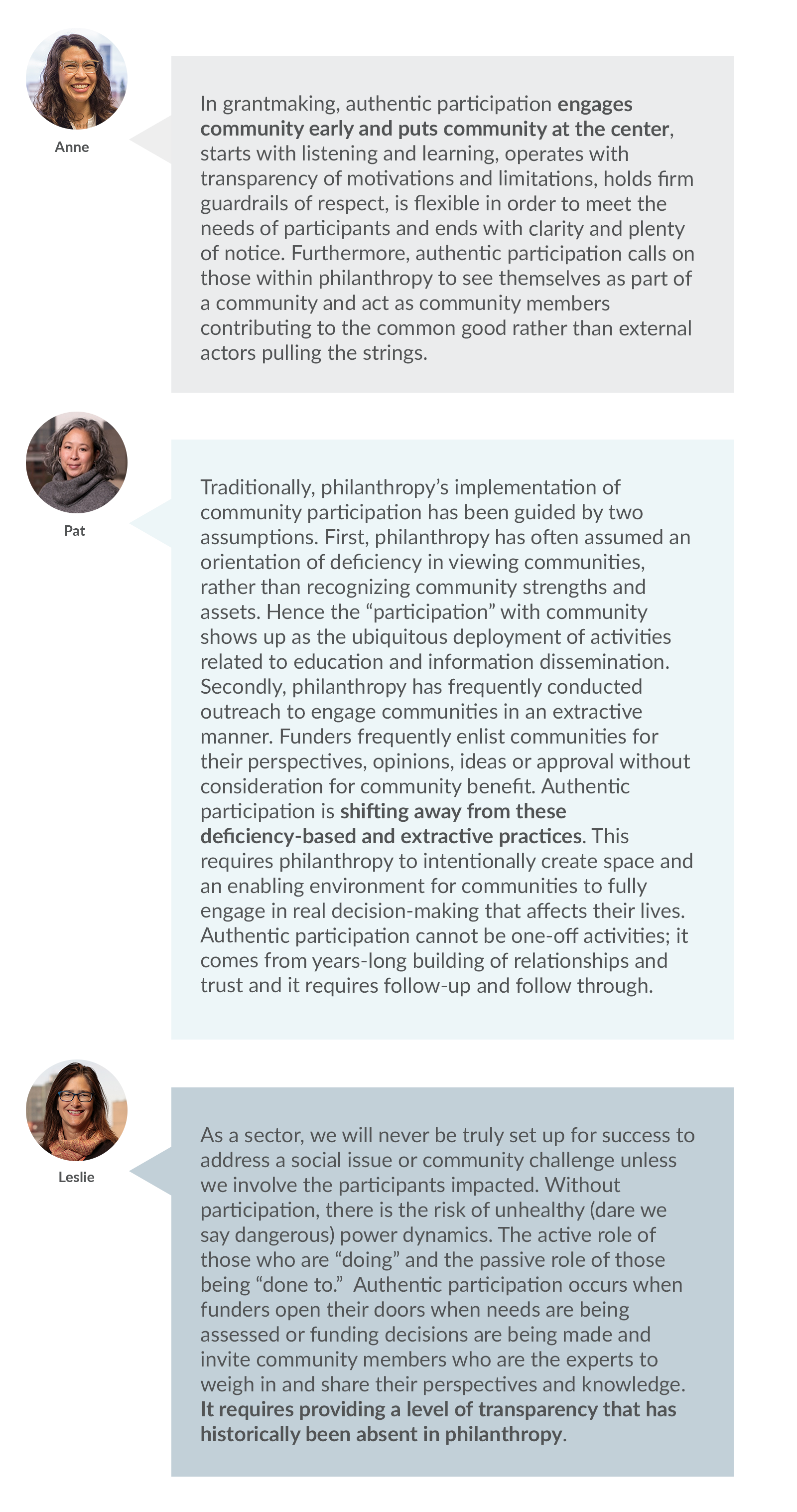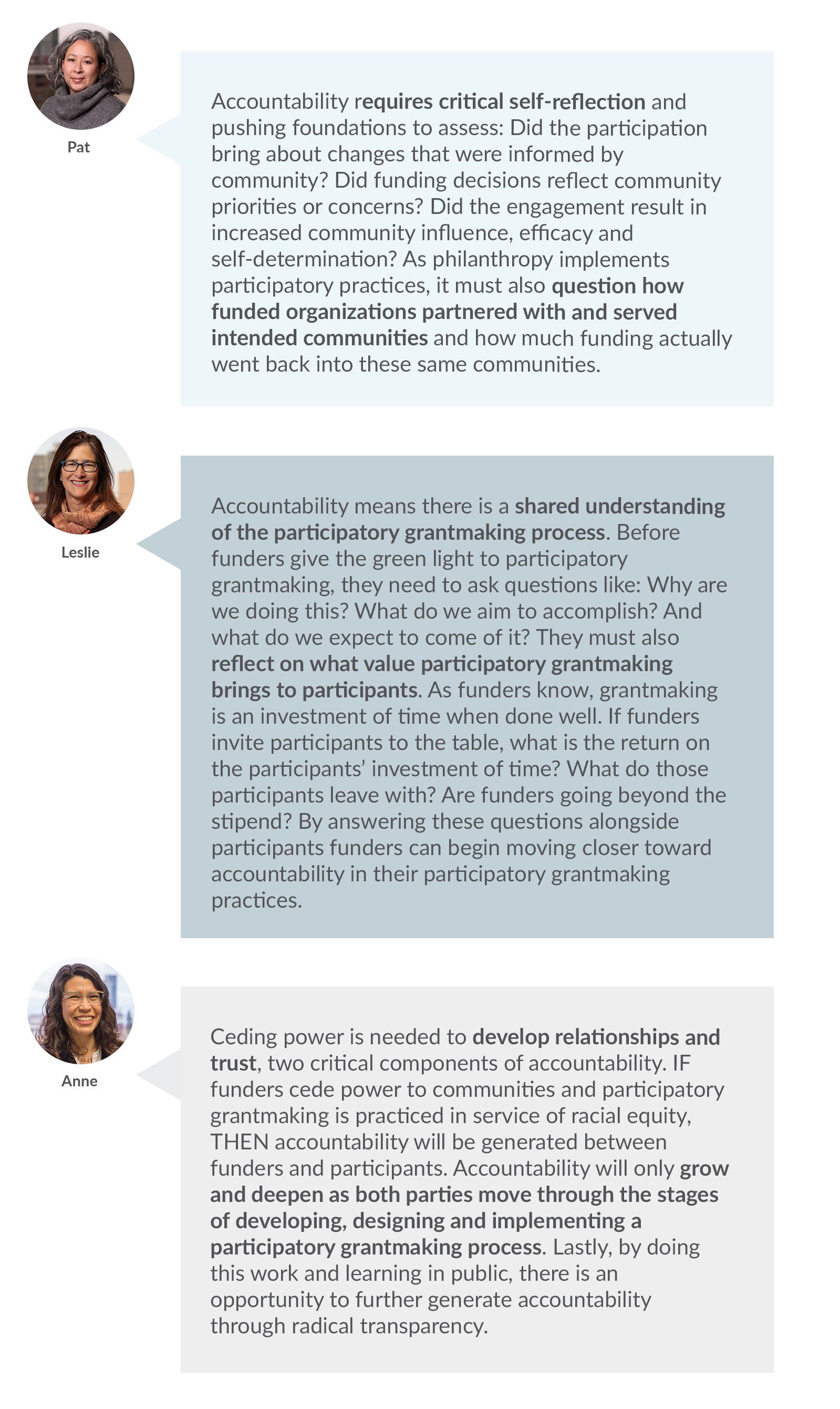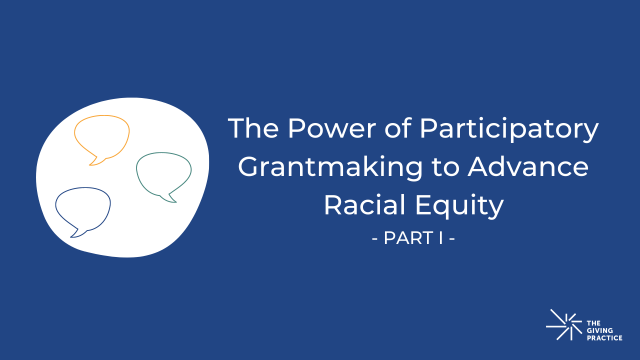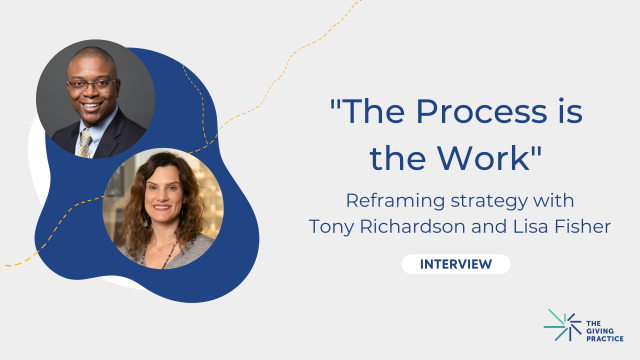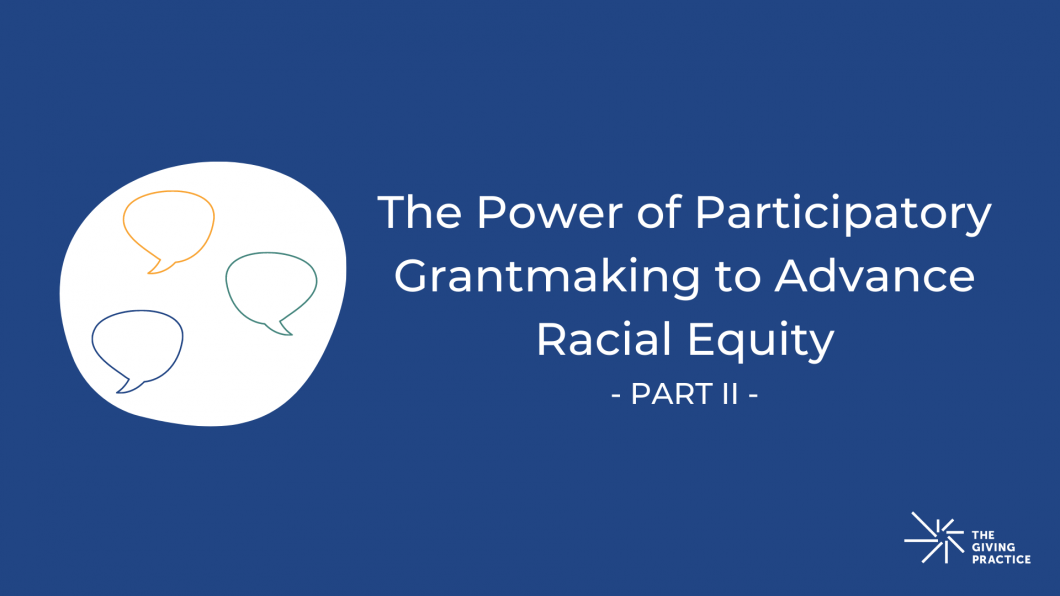
This blog is part two of our series on participatory grantmaking. If you missed part one, check it out here.
Participatory grantmaking is an opportunity for foundations to ground themselves in authentic relationships and work in service toward greater accountability to community — and particularly communities of color. Authenticity and accountability aren’t just buzzwords. Instead, they should be viewed as meaningful commitments that philanthropic organizations center as they shift their grantmaking practices.
In part two of this series, TGP consultants Anne Katahira, Leslie Silverman and Pat Vinh-Thomas share their perspectives on authentic participation and what accountability looks like in practice for foundations diving into participatory grantmaking.
What is 'authentic' participation?
What does accountability look like as we implement participatory practices?
Anne, Leslie and Pat’s reflections underscore that authentic participation and accountability to community are necessary components of grantmaking strategies in order to begin shifting power dynamics in philanthropy. It’s important to consider what this looks like in the context of your own organization. How are you building authentic relationships with community? What does it mean for community to authentically participate in your work? Who are you accountable to and how are you measuring your impact? Answering these questions will be crucial to building a strong foundation for grantmaking efforts moving forward.
If this series left you hungry for deeper conversations on participatory grantmaking, stay tuned for the release of our upcoming participatory grantmaking toolkit that will explore tangible strategies for foundations to begin sharing and ceding power to community through grantmaking.
Join our mailing list to stay up to date on our latest reflections, insights, interviews and more.




